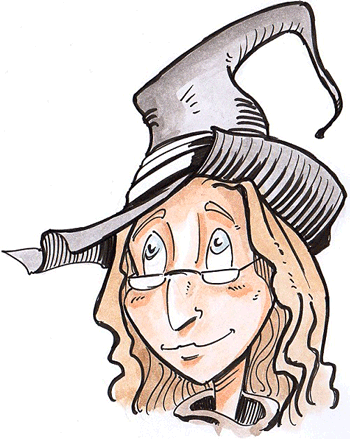Irlande
Pour une présentation succinte de l’Irlande, on trouve le texte suivant sur Wikipedia :
“Ireland (Eire) is an island to the north-west of continental Europe. It is the third-largest island in Europe and the twentieth-largest isoland on Earth. To its east is the larger island of Great Britain, from which it is separated by the Irish Sea.
Politically, Ireland is divided between the Republic of Ireland, which covers just under five-sixths of the island, and Northern Ireland, a part of the United Kingdom, which covers the remainder and is located in the north-east of the island. The population of Ireland is approximately 6.4 million. Just under 4.6 million live in the Republic of Ireland and just under 1.8 million live in Northern Ireland.
Landscape and climate : Relatively low-lying mountains surrounding a central plain epitomise Ireland’s geography with several navigable rivers extending inland. The island has lush vegetation, a product of its mild but changeable oceanic climate, which avoids extremes in temperature. Thick woodlands covered the island until the 17th century. Today, it is one of the most deforested areas in Europe.There are twenty-six mammal species native to Ireland.
History : A Norman invasion in the Middle Ages gave way to a Gaelic resurgence in the 13th century. Over sixty years of intermittent warfare in the 1500s led to English dominance after 1603. In the 1690s, a system of Protestant English rule was designed to materially disadvantage the Catholic majority and Protestant dissenters, and was extended during the 18th century. In 1801, Ireland became a part of the United Kingdom. A war of independence in the early 20th century led to the partition of the island, creating the Irish Free State, which became increasingly sovereign over the following decades. Northern Ireland remained a part of the United Kingdom and saw much civil unrest from the late 1960s until the 1990s. This subsided following a political agreement in 1998. In 1973, both parts of Ireland joined the European Economic Community.
Irish culture has had a significant influence on other cultures, particularly in the fields of literature and, to a lesser degree, science and education. A strong indigenous culture exists, as expressed for example through Gaelic games, Irish music and the Irish language, alongside mainstream Western culture, such as contemporary music and drama, and a culture with much in common with Great Britain, as expressed through sports such as soccer, rugby, horse racing, and golf, as well as the English language.”
Compréhension orale sur le récit d’un week-end à Dublin : observez et écoutez les documents avant de jouer au jeu “Rags to riches” proposé sous l’écran (Renée Maufroid/home.nordnet)
